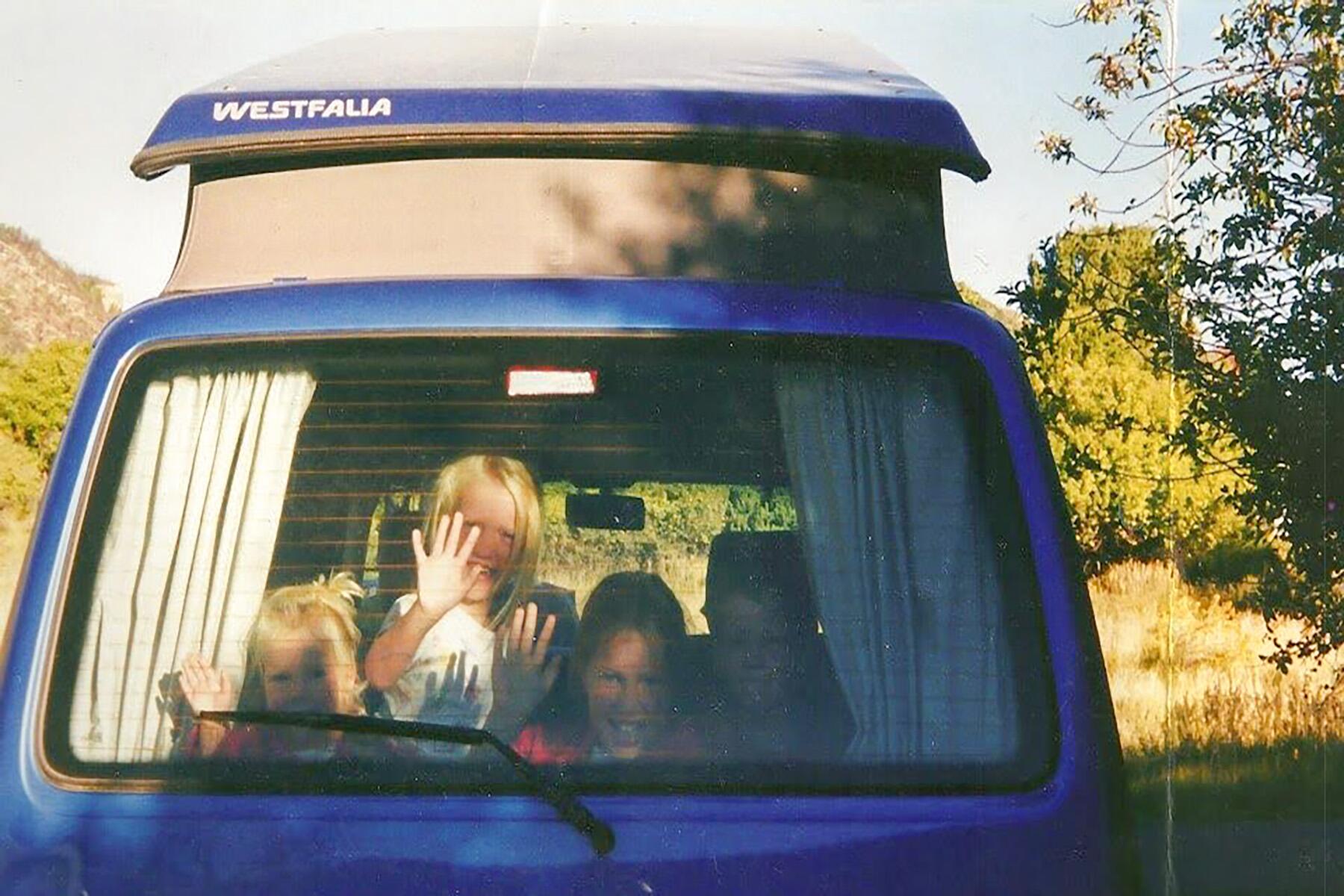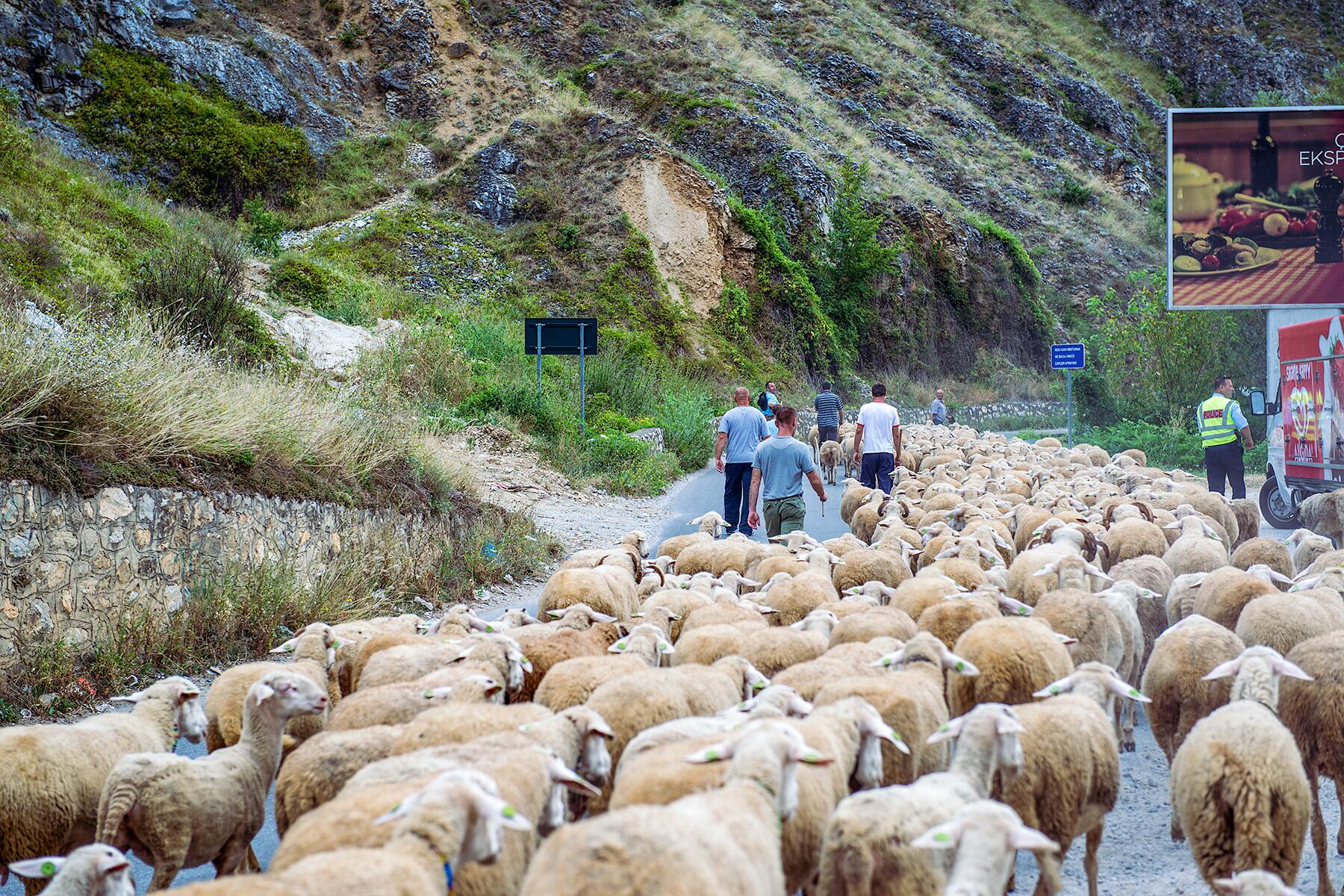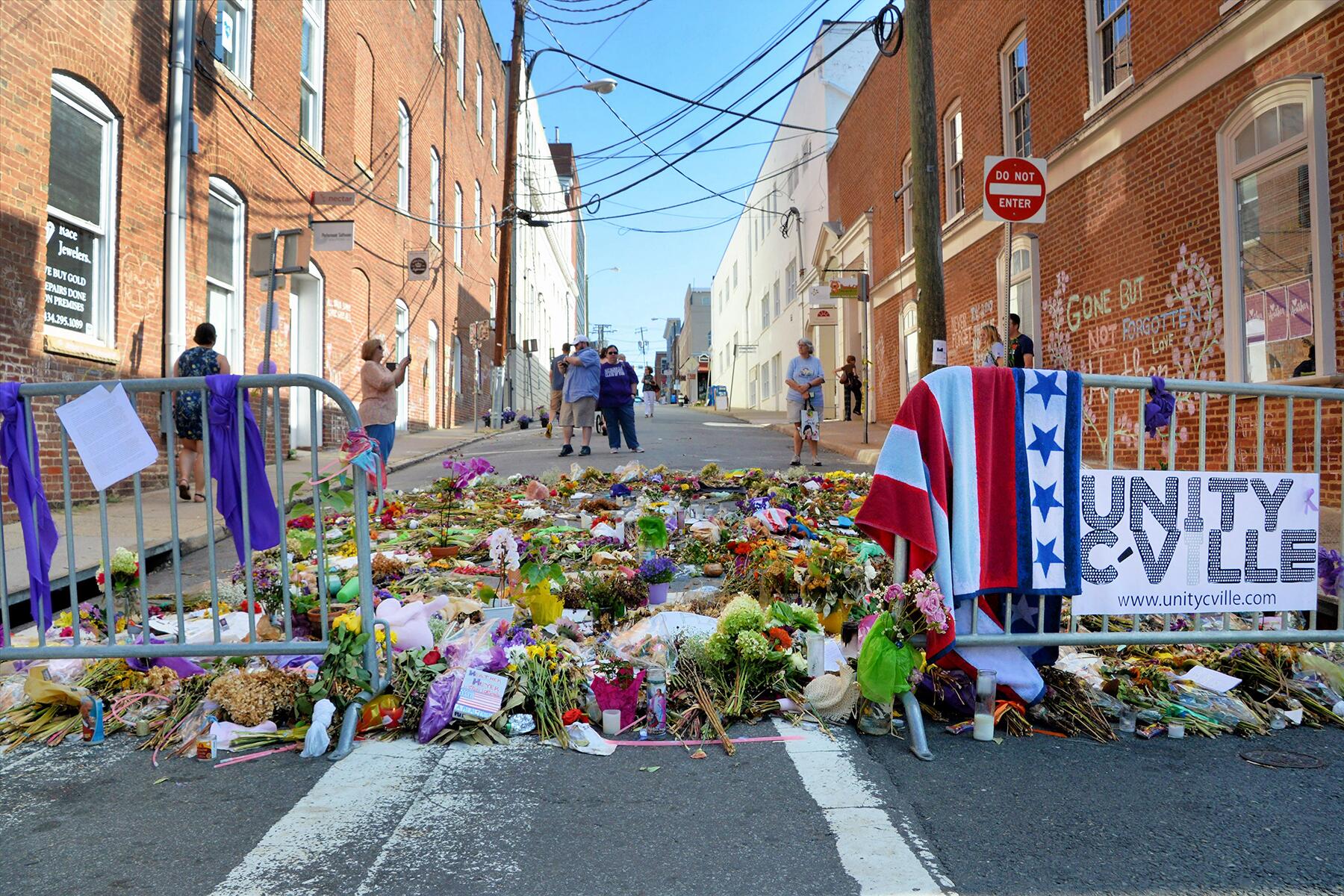One of the most impactful ways to talk to kids of all ages about racial equity and understanding diverse perspectives is through travel.
We’ve all had that moment when we travel, read a story, or listen to a tour and think Wow, that information needs to be updated, or, when we’re with our children, We haven’t yet had a chance to get into that mature discussion. I took my toddler to visit the Dedication to Enslaved Workers at the University of Virginia in Charlottesville, and as I read the inscription on the Memorial, he asked, “What does ‘enslaved’ mean, Mom?”
Racial equity is a complex and uncomfortable subject for many adults to comprehend. As a parent, you might feel that it is your duty to raise your child in a way that gives them an understanding of racial justice and equity. While articles, books like Antiracist Baby, and other literature can help you delve into the subject, one of the most impactful ways to talk to kids of all ages about racial equity and understanding diverse perspectives is through travel. “Travel can provide families of all ages with an opportunity to have an immersive, multisensory experience, and to further develop a person’s historical empathy through the power of a place,” says Krystal Gladden, Manager of School Programs at Monticello.
Recommended Fodor’s Video
As a mom and diversity, equity, and inclusion consultant, it’s still difficult to know how to approach and navigate the subject of racial equity on a vacation, or even a staycation. And, as a first-generation American of Bengali and Indian heritage, I do my best to expose my child to different perspectives and experiences to help him think critically and empathize with people, past and present, who have endured adversity in their lifetime.
Exploring Charlottesville, Virginia
Charlottesville and Albemarle County are full of educational places to visit. While this area is known for the U.S.’s founding fathers, it also holds deep African American history that has been underrepresented in society. To examine the dimensions of history and racial equity, I researched places that could provide my family with a broader narrative of the land, people, and community.
I took my son on a trip to Charlottesville and selected a few museums and attractions to help illustrate the various histories of the area. These places provide children and adults with an in-depth education of racial equity and offer a well-rounded perspective of lived experiences that can lead to discussions about socioeconomic status, human bias, and many other important topics that impact how children comprehend human equity.

Monticello
Monticello, the site of Thomas Jefferson’s primary home and plantation is a UNESCO world heritage site and a place where families and children can learn about racial equity through hands-on, interactive, and self-directed activities designed to encourage children to think about access, fairness, and equality. Tours of the house, Mulberry Row, the South Wing, and surrounding land weave in personal narratives from Thomas Jefferson and both of his families with Martha Jefferson and Sally Hemmings. “Younger children, who tend to be more concrete thinkers, can observe that historical inequity in tangible ways by comparing and contrasting the daily life of Thomas Jefferson and his free white family with the experiences of enslaved children and families at Monticello. This includes conversations where students are comparing their houses, food, educational opportunities, and much more,” says Gladden. Monticello holds facilitated conversations and live virtual tours for children and families to explore larger concepts relating to the Declaration of Independence, the contradiction of Thomas Jefferson’s ideals and actions, and the impact of slavery on the individuals who were forced to live within that system.
View this post on Instagram
Jefferson School – African American Heritage Center
The Jefferson School – African American Heritage Center opened in 1865 as a Freedman’s School and served as a place of segregated education over the span of 100 years until its closing as a Black elementary school in 1965. In 2013, this historic building opened as a heritage center with a permanent exhibit, Pride Overcomes Prejudice, which captures oral and written histories of African Americans who participated in local, regional, and national struggles of racial equity as students, teachers, and alumni of the Jefferson School from 1865–1965 and beyond. Rotating contemporary art exhibits, lectures, film, and theater performances take place year-round for community members and visitors to attend. The Jefferson School offers educational tours and field trips for children K-12. Prior to your visit, reserve a ticket for timed entry, and contact the Jefferson School to inquire about grade-specific programming.
View this post on Instagram
University of Virginia (Dedication to Enslaved Workers)
The initiative for this memorial began in 2010 as a student-led effort to honor and acknowledge the more than 4,000 enslaved people who lived, built, and maintained the University between 1817–1865. The design is symbolic in many ways. The broken ring shape of the memorial with its concentric circles and flowing shelf of water represent “the oppression of slavery, slavery’s broken shackles, and its river paths to freedom.” The outer ring has subtle engraved images of faces, and the inner ring holds 973 known names of the enslaved, including placeholders for 4,000 names that are yet to be found. This memorial is on the UVA grounds and provides a sensory experience for families to touch names and placeholders, discuss racial inequities of the past, and hold a space to reflect upon the ability of each family member to take more equitable actions in the present and future.
Historic Downtown Mall
Established in 1976, The Downtown Mall in Charlottesville is one of the longest pedestrian malls in the United States with eight brick and tree-lined blocks of locally owned boutique shops, art galleries, restaurants, and theaters. While the entire Mall holds historical significance, the east side ends at a famous outdoor venue: the Charlottesville Pavilion, where a community chalkboard wall also known as the free speech wall exists for people to express themselves. Adults and kids of all ages can read and interpret different perspectives and contribute to the ongoing dialogue. The eastern end of the Mall is also closest to Vinegar Hill, a neighborhood that was once the economic center for Charlottesville’s Black population in the early 20th century. It is also worth noting that Charles Barbour, the first African American Mayor of Charlottesville, was integral to making this popular community destination a reality. He was one of the two people to vote yes on this project and presided over the opening during his tenure as Mayor.
View this post on Instagram
Visit Black-Owned Businesses
Charlottesville has a vibrant entrepreneurial community of Black-owned businesses ranging from boutique shops to culinary offerings that are not to be missed. Take your kids to MarieBette Café and Bakery for a sweet treat along with breakfast, or schedule a family cooking class with Antwon Brinson, Virginia’s 2021 Chef of the Year. Search from a variety of restaurants that use locally sourced ingredients and make a reservation as needed for your whole family to savor. Traveling can allow visitors to experience a wide variety of restaurants and shops that are representative of the community.
Prolyfyck Run Crew
Families who like to run or walk together can take part in a group walk/run as the sun rises in Charlottesville. These runs not only attract a diverse group of ages, backgrounds, and running abilities, they also provide a space for community learning, support, and motivation at multiple points throughout the route. Walkers and runners have designated starting points to accommodate their physical needs, yet they all gather at a certain marker in the route to move toward the finish line together. Excited residents clap and cheer the Crew along the way, and at the end of every run, the group gathers in a circle for members to share personal topics weighing on their mind. Cofounder William Jones III moved to the area in 2006 and started running the current Prolyfyck route solo, but always asked from his barber shop to join him if they wanted to. Since Prolyfyck’s inception, the core group has grown to more than two dozen runners, but the number of runners can exceed 60 on a given day. The Crew meets at the Jefferson School and runs a route through Charlottesville’s predominately Black neighborhoods on Mondays, Wednesdays, and Fridays at 6 a.m.
Travel Planning Tips From a DEI Consultant
There are many ways to empathize and learn about racial equity through travel. I tend to explore places with an open and curious mindset to learn about different narratives and lived experiences in the United States before and after America declared independence on July 4, 1776. Here are some tips to consider when planning a trip for your family.
Tip 1: When planning to visit a new or familiar place, take time to research the history of the destination through a racial equity lens. Start by researching the destination’s website. While planning my trip to Charlottesville, I found a great list of Black-owned businesses on Charlottesville’s destination website that I incorporated into our travel plans. Search the local newspaper for stories about racial equity and consider using keyword searches such as, “historical markers in the destination” or “Who are the Indigenous peoples of the destination?” Other searches to try are, “How can I learn about the history of the destination before colonization?” or “Different historical narratives in the destination.”
Tip 2: As you do your research, think about your why by asking, “Why should I take them there? Could there be other perspectives that are underrepresented? Why does this perspective matter? How can I learn more?” Chances are, your child will ask you these questions if you have exposed them to these topics, and it’s good to be prepared.
Tip 3: Use a map to provide children spatial context of your trip. Share why you have chosen the places to visit on the map and help them choose places too. This primes them for learning and can pique their curiosity about the destination through a racial equity lens.
Tip 4: As you research tours and experiences, see if the places you have chosen to visit have virtual learning options. Recorded discussions could be viewed as a family prior to taking the trip.
Tip 5: Contact the destination or the sites you would like to visit and ask these representatives if they have any recommendations on landmarks, historical markers, tours, experiences, and activities to help parents guide a discussion about the impact of racial equity with children. Upon contacting Monticello with this very question, they suggested reading My Name is James Madison Hemings by Jonah Winter and Mumbet’s Declaration of Independence by Gretchen Woelfle together in preparation for a visit. The education team also recommended taking time to hear from descendants of the enslaved community through the Getting Word African American Oral History Project.
Learning about racial equity is an ongoing process and requires intentional curiosity. When visiting spaces in new and familiar places seek answers to these questions, “How did this place originate and come to be the place it is today?”




